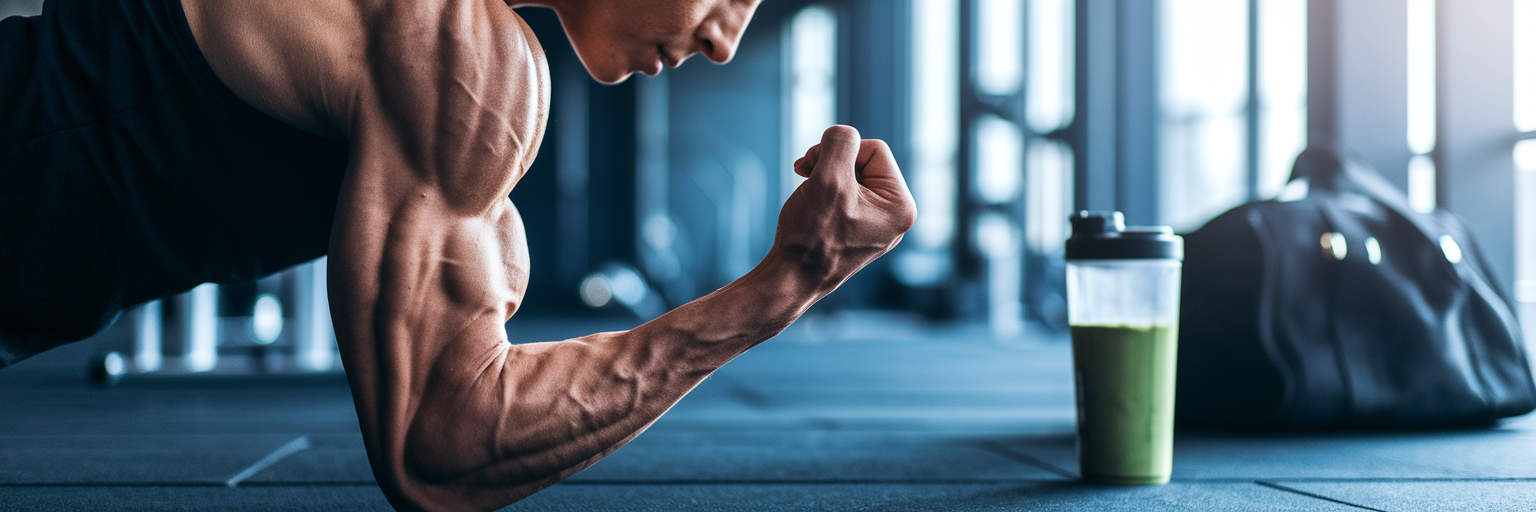The Power Duo for Plant-Based Muscle Building
If you're committed to a plant-based lifestyle, you know the dedication it takes. You train hard, you eat clean, but sometimes you hit a plateau where building new muscle feels like an uphill battle. It’s a common frustration, but it’s not a dead end. The solution often lies in a strategic combination of two powerful supplements: vegan protein and creatine.
Think of it like building a house. Your vegan protein powder provides the essential amino acids, which are the building blocks for repairing and constructing new muscle tissue after a workout. But you also need energy and a signal to start the construction. That’s where creatine comes in. It acts as the energy spark, allowing you to push harder during your workouts and signaling your body to kickstart the muscle-building process.
Together, they create a powerful synergy that can help you achieve significant plant based muscle growth. In this guide, we’ll walk you through the science, show you exactly how to dose and time them for the best results, and clear up some common myths so you can feel confident in your supplement strategy.
The Science Behind Creatine and Muscle Growth

So, what is actually happening in your body when you take creatine? At its core, creatine helps your muscles produce energy more efficiently. It increases your body's stores of phosphocreatine, which is used to rapidly regenerate ATP—the primary fuel source for short, intense bursts of effort like lifting weights or sprinting. More ATP means you can squeeze out an extra rep or two, which directly translates to a stronger stimulus for muscle growth.
But the magic doesn't stop there. Creatine also plays a direct role in signaling muscle growth by activating something called the mTOR pathway. You can think of mTOR as the master switch for building muscle. When it's turned on, it tells your cells to start synthesizing new proteins. This isn't just a theory; as research published in PubMed highlights, creatine selectively stimulates the rate of synthesis of key contractile proteins that make your muscles bigger and stronger.
This is where the vegan creatine benefits really shine. Since creatine is primarily found in animal products, vegans and vegetarians naturally have lower baseline levels in their muscles. This means supplementation can lead to more noticeable improvements in performance and growth. While its role in energy production is clear, there are many other creatine benefits we've explored that make it a valuable tool for any athlete. Essentially, creatine creates the demand for growth by enhancing your workout capacity, while your vegan protein provides the supply of amino acids to meet that demand.
Your Dosing and Timing Strategy
Knowing how to take your supplements is just as important as knowing why. For creatine, consistency is the most important factor, but a smart strategy can help you see results faster. Here’s a simple breakdown of how to take creatine effectively.
The Optional 'Loading Phase'
To get the benefits of creatine quickly, some people start with a "loading phase." This involves taking about 20 grams per day for 5–7 days, usually split into four 5-gram servings. The goal is to rapidly saturate your muscles with creatine. This is especially useful for vegans, as your starting levels are lower, so loading can help you fill your muscle stores and feel the performance boost sooner.
The Consistent 'Maintenance Phase'
After the loading phase, or if you decide to skip it, you’ll move to a maintenance dose. This is simply 3–5 grams of creatine per day. This amount is enough to keep your muscle creatine stores topped off. This isn't a supplement you cycle; you take it every single day, including on rest days, to maintain its effects. For your daily 3-5 gram dose, our pure creatine monohydrate is the gold standard for purity and effectiveness.
Perfecting Your Timing
While taking your 3–5 grams daily is what matters most, there is a slight advantage to taking it post-workout. After exercise, blood flow to your muscles is increased, which can help enhance creatine uptake. The simplest and most effective approach is to mix your daily 3–5 gram dose of creatine directly into your post-workout vegan protein shake. On rest days, you can take your creatine anytime that is convenient for you.
| Phase | Daily Dosage | Goal | Best For |
|---|---|---|---|
| Loading Phase (Optional) | 20 grams (split into 4x 5g doses) | Quickly saturate muscle creatine stores | Vegans or individuals starting creatine for the first time |
| Maintenance Phase | 3-5 grams | Keep muscle creatine stores full | Long-term, consistent daily use for sustained benefits |
| On Rest Days | 3-5 grams | Maintain saturation levels | Everyone in the maintenance phase |
This table provides a clear comparison of the two primary dosing protocols. The loading phase accelerates initial results, while the maintenance phase is essential for long-term effectiveness.
Busting Myths About Vegan Creatine

There's a lot of misinformation out there, so let's clear up a few common myths about creatine, especially for those on a plant-based diet.
- Myth: "Vegan creatine is less effective." This is completely false. Nearly all creatine monohydrate on the market is synthesized from non-animal sources, making it inherently vegan-friendly. There is absolutely no difference in the chemical structure or effectiveness.
- Myth: "Creatine is bad for your kidneys." This persistent myth has been thoroughly debunked by years of research. For healthy individuals, creatine is one of the most studied and safest supplements available. A comprehensive 2021 review in the Journal of the International Society of Sports Nutrition confirms it has no adverse effects on kidney function at recommended doses.
- Myth: "Creatine causes bloating." It's important to distinguish between two types of water retention. Creatine pulls water into your muscle cells, which is a good thing—it's a sign it's working and contributes to a fuller, more muscular look. This is different from subcutaneous bloating, which is water retention under the skin and not a typical side effect of creatine.
- Myth: "Vegans don't need it." Actually, the opposite is true. Because plant-based foods contain virtually no creatine, vegans often experience the most significant performance and cognitive benefits from supplementation. It fills a genuine nutritional gap in a plant-based diet.
We believe in transparency and empowering you with accurate information. If you have more questions about supplements and how they fit into your lifestyle, our FAQ page is a great resource.
Choosing the Right Plant-Based Protein Partner
Now that your creatine is sorted, let's talk about its essential partner. To build muscle, your body needs a complete protein source that provides all nine essential amino acids (EAAs). These are the amino acids your body can't produce on its own and must get from food.
While individual plant protein sources like pea or rice are great, they can be low in one or two EAAs. This is why the best vegan protein powder is often a multi-source blend. By combining proteins from different sources—like pea, brown rice, and pumpkin seed—you create a robust and complete amino acid profile that rivals whey protein in its muscle-building potential.
When choosing a protein, here are a few practical things to look for:
- 20–30 grams of protein per serving to effectively stimulate muscle protein synthesis.
- Minimal added sugars and artificial ingredients.
- Third-party testing for purity and quality assurance.
A well-formulated blend, like our Chocolate Vegan Protein, provides a complete amino acid profile to fuel your growth without unnecessary fillers. If you're still deciding which type is right for you, check out our guide to the best protein powders for a deeper look at your options.
Your Daily Plan for Plant-Powered Gains
Let's put it all together into a simple, actionable plan. Remember, supplements are here to support the hard work you're already doing with your training, nutrition, and rest.
Here’s the core strategy:
- Creatine boosts your workout energy and signals muscle growth.
- Vegan Protein provides the fuel your muscles need to repair and rebuild.
- Your daily target is 3–5 grams of creatine.
- The ideal time to take both is post-workout.
On a Workout Day: Mix one scoop of vegan protein and 3–5 grams of creatine in water or plant-based milk within an hour after your training session.
On a Rest Day: Take your 3–5 grams of creatine at any time of day to maintain muscle saturation. You can mix it in a small amount of water or add it to a smoothie.
That's it. This simple combination of vegan protein and creatine, layered on top of a solid training routine, can make a real difference in your journey toward building a stronger, healthier body. Found this helpful? Share it with a friend who might be on the same journey!
Ready to find the perfect partner for your creatine? Explore our top-rated vegan protein blends!



